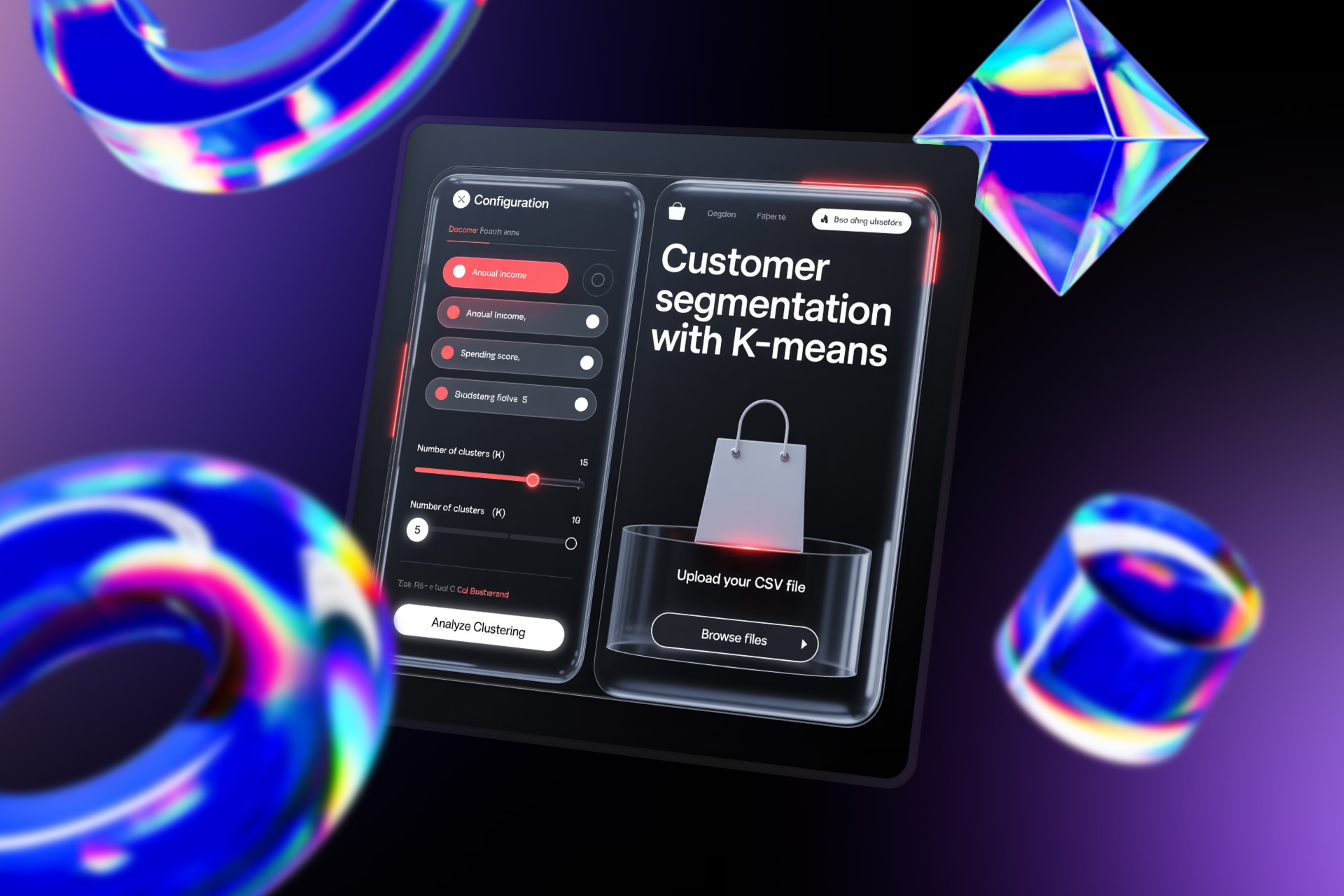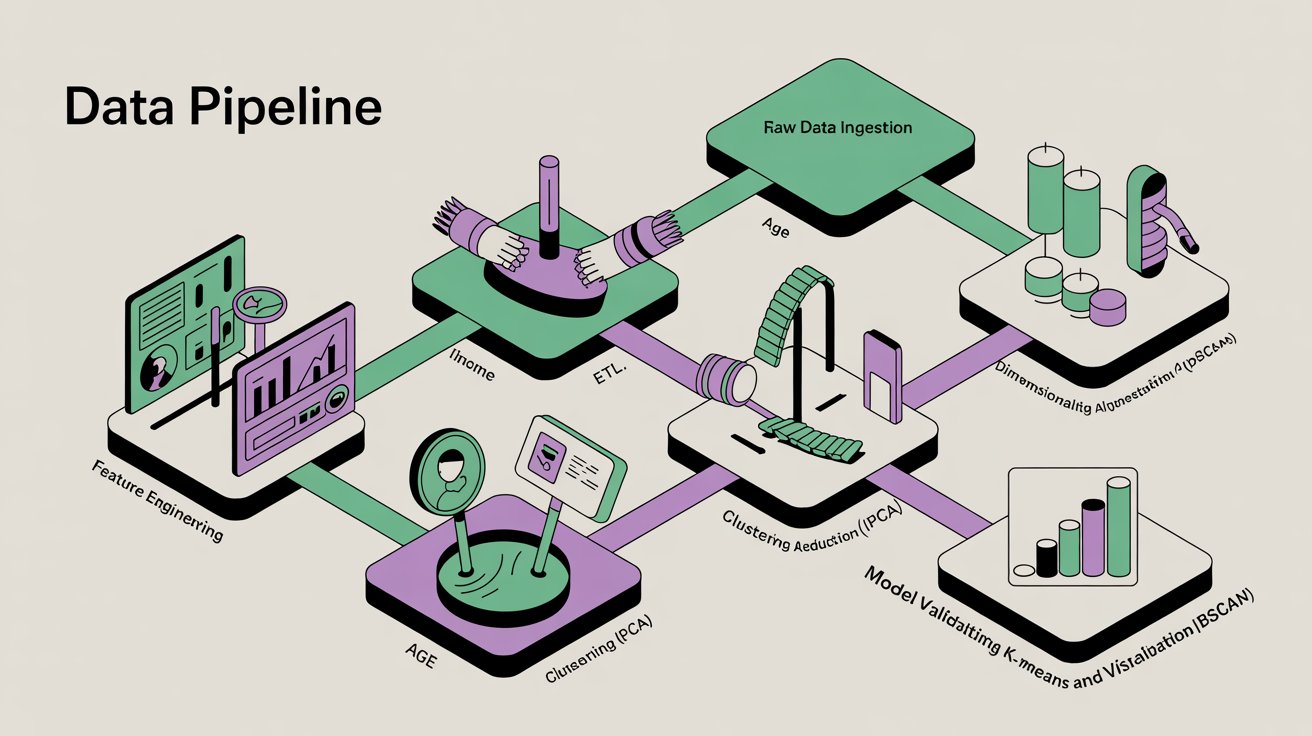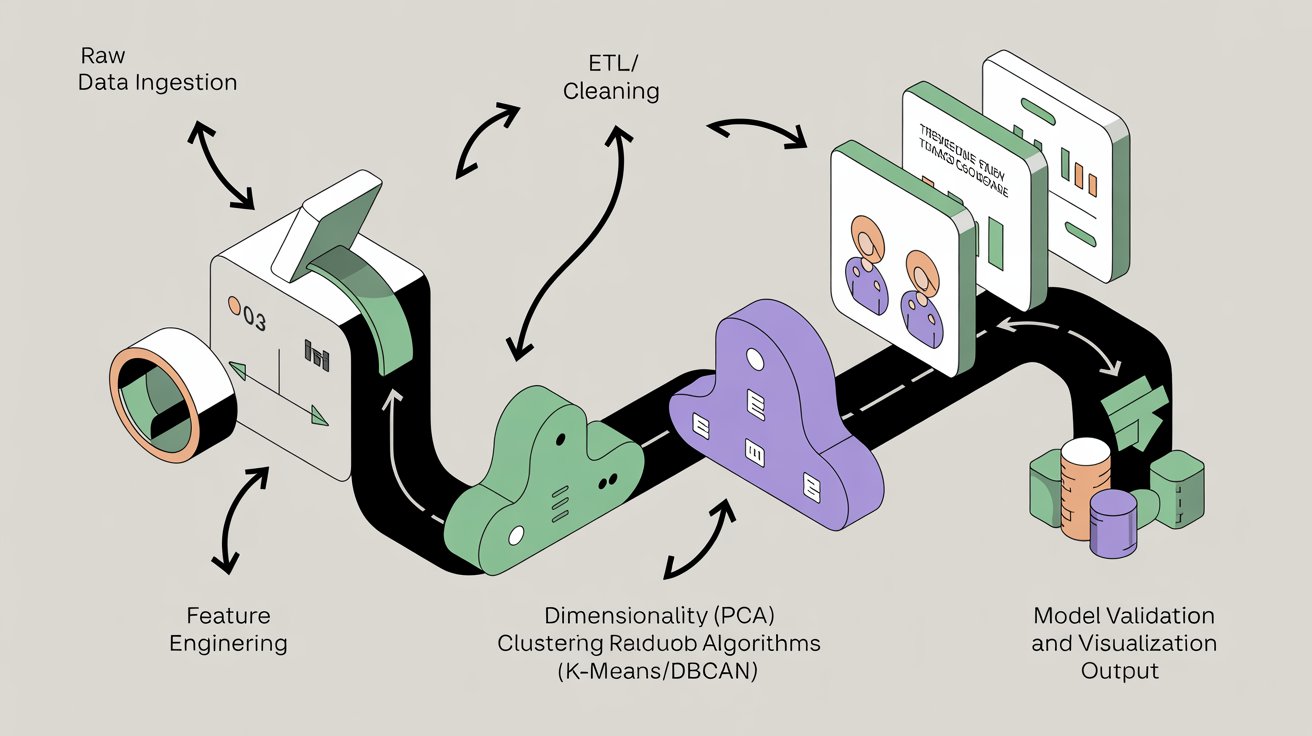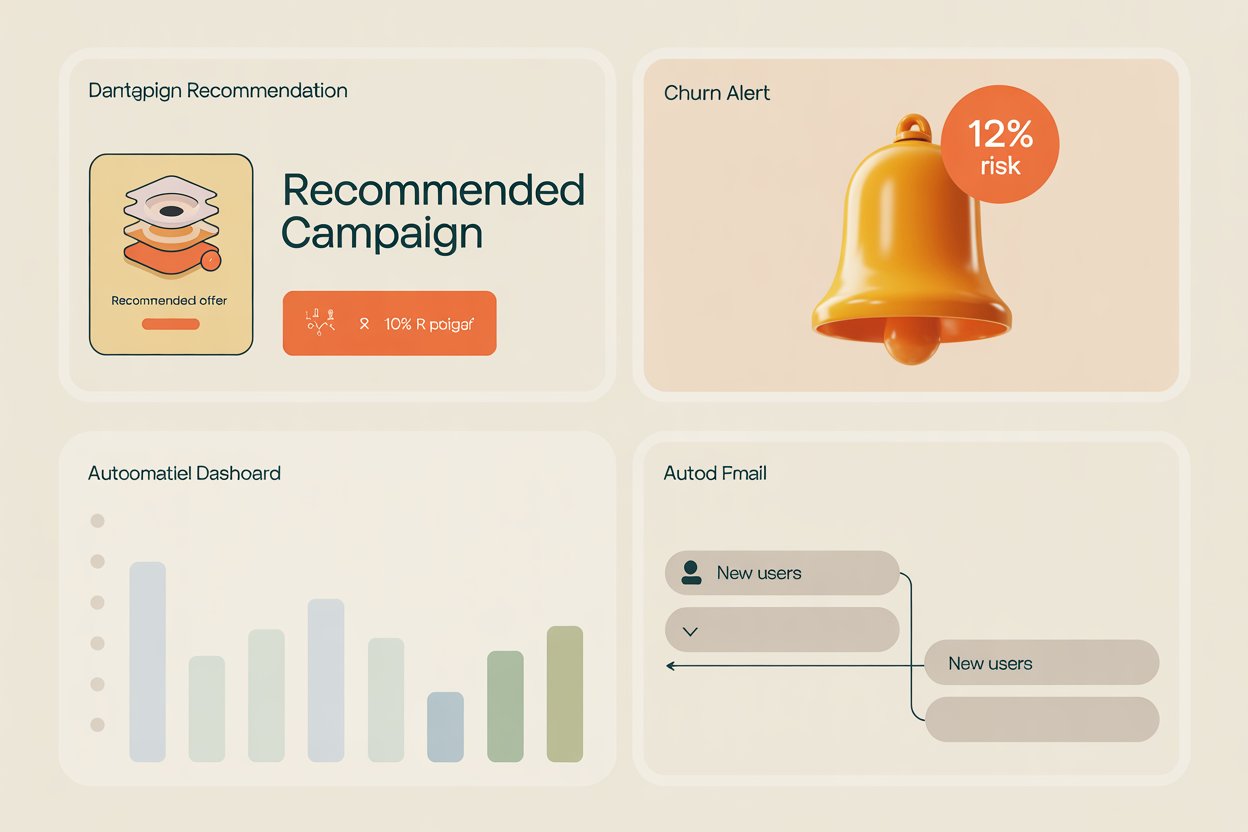AI-Powered Customer Segmentation
Uncovering hidden customer patterns through clustering algorithms to drive data-driven marketing strategies.
Project Overview
Transforming customer data into actionable marketing insights through machine learning
Data-Driven Customer Insights
This customer segmentation system analyzes purchasing patterns, demographic data, and behavioral metrics to identify distinct customer groups, enabling targeted marketing strategies.
By understanding customer segments, businesses can optimize marketing spend, improve customer retention, and increase conversion rates through personalized approaches.
- Advanced clustering algorithms for segment identification
- Real-time customer behavior analysis
- Interactive visualization dashboard
- Automated segment-based campaign recommendations

The Challenge
Overcoming marketing inefficiencies through data-driven segmentation

Inefficient Marketing Strategies
Traditional one-size-fits-all marketing approaches result in wasted resources and missed opportunities for customer engagement.
Key challenges addressed:
- Generic campaigns: Low conversion rates from broad marketing
- Customer churn: Inability to identify at-risk customers
- Resource waste: Marketing budget spent on uninterested segments
- Manual analysis: Time-consuming customer data processing
These inefficiencies lead to reduced ROI and missed growth opportunities for businesses.
Technical Approach
Building robust clustering models for accurate customer segmentation
Advanced Clustering Methodology
Implemented multiple clustering algorithms and ensemble methods to ensure accurate and meaningful customer segments.
Data Processing
Processed 100,000+ customer records with 50+ features including purchase history, demographics, and online behavior.
Algorithm Selection
- K-Means for initial segment identification
- DBSCAN for outlier detection
- Hierarchical clustering for segment relationships
- PCA for dimensionality reduction

Key Features
Comprehensive customer segmentation capabilities

Intelligent Segmentation System
Multi-Dimensional Analysis
Combines purchasing behavior, demographic data, and engagement metrics for comprehensive segmentation.
Dynamic Segment Updates
Automatically updates customer segments based on real-time behavior changes and new data.
Campaign Recommendations
Provides targeted marketing strategies for each customer segment with predicted ROI.
Churn Prediction
Identifies at-risk customers and recommends retention strategies for each segment.
Explore the Project
Check out the complete implementation and technical details on GitHub